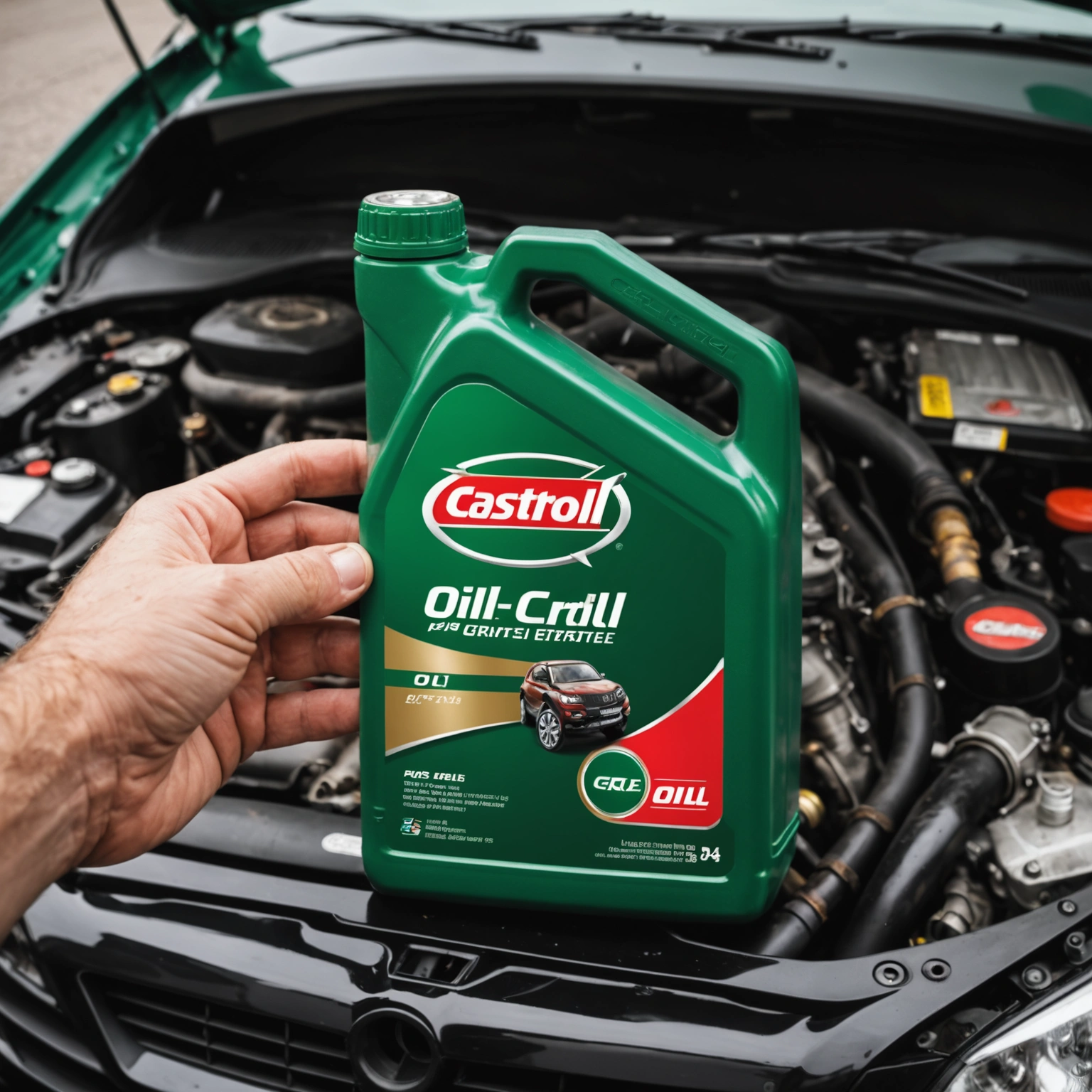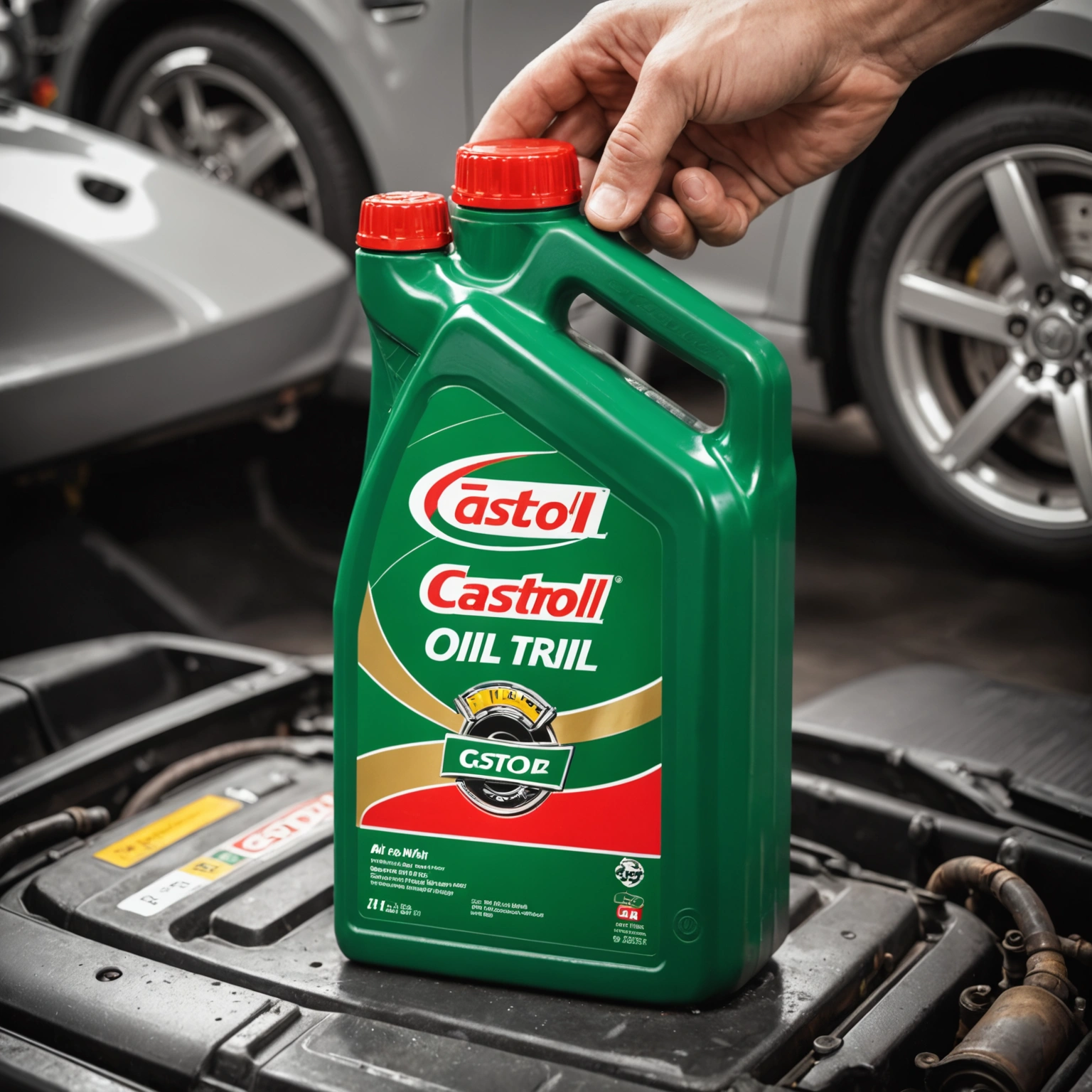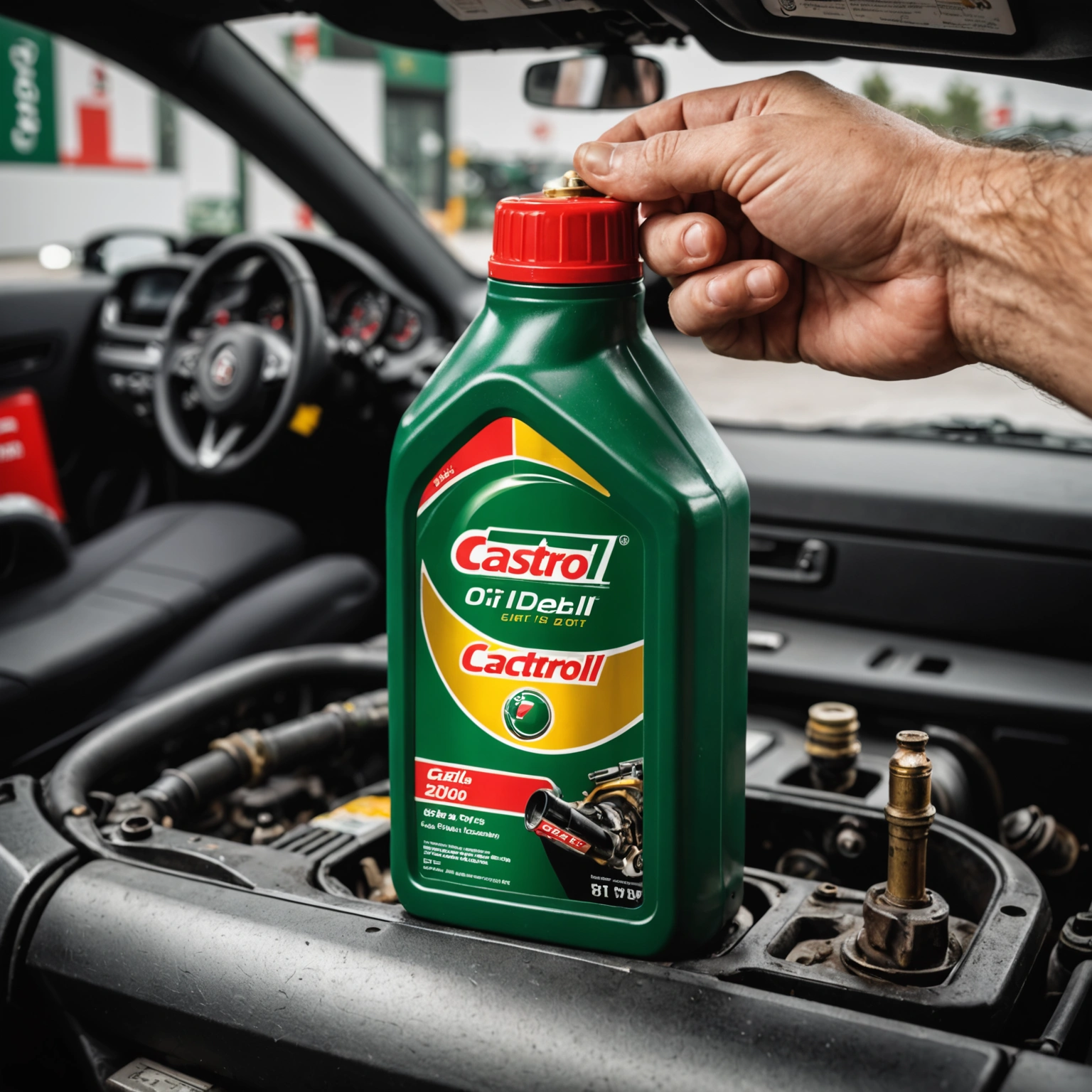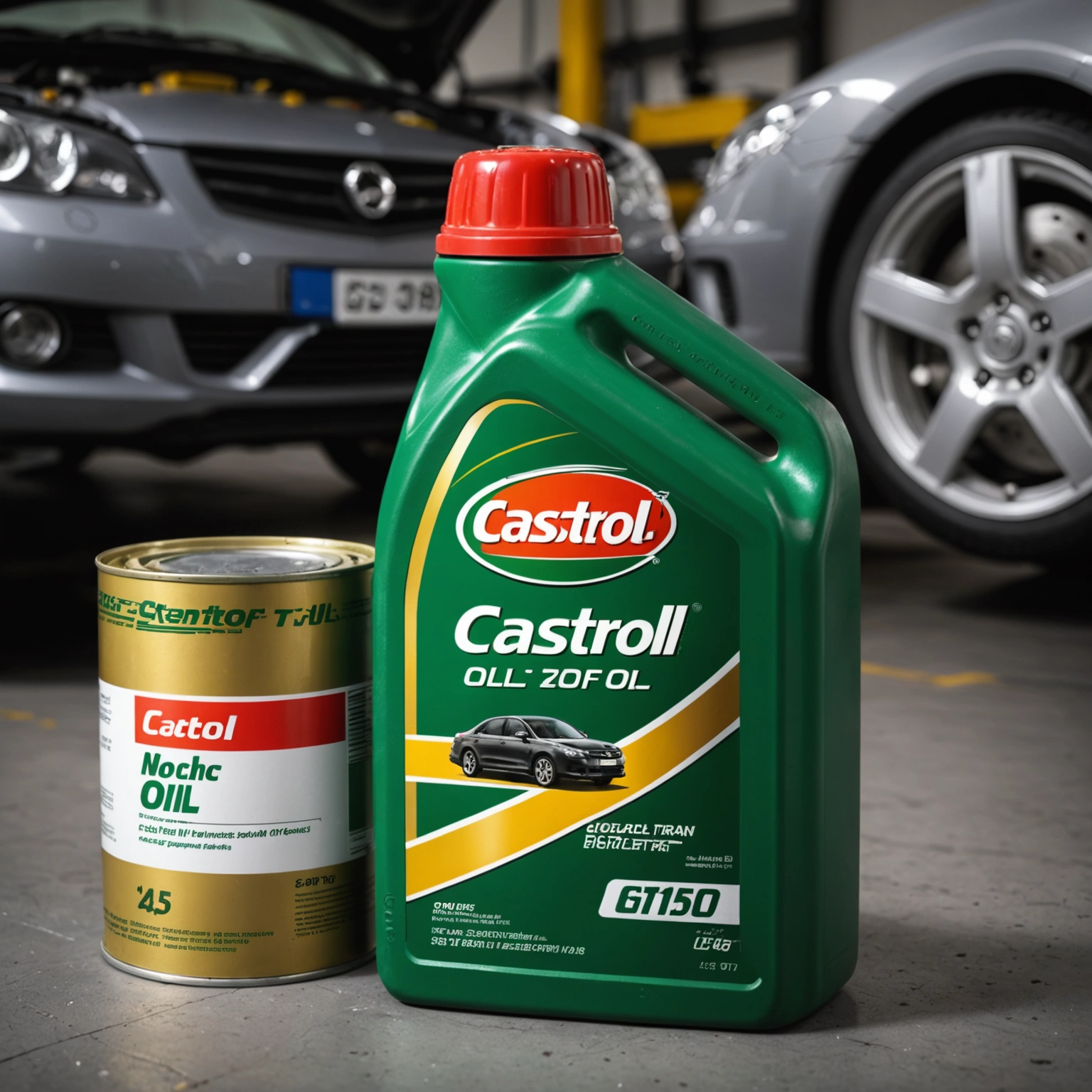**How Much Oil Does My Car Take? A Guide to Checking Your Oil Capacity with Castrol**
When it comes to maintaining your vehicle’s health, ensuring you have the right amount of oil is essential. Whether you’re topping off or performing an oil change, knowing your car’s oil capacity helps prevent issues like engine damage or inefficient performance. If you use Castrol oil, here’s what you need to know about determining the right amount for your vehicle.

### Why Is Knowing Your Oil Capacity Important?
– **Engine Longevity:** Proper oil levels lubricate engine parts, reduce wear, and prevent overheating.

– **Optimal Performance:** Correct oil levels ensure smooth operation and fuel efficiency.
– **Avoiding Overfill or Underfill:** Too much oil can cause foaming and pressure issues, while too little leads to inadequate lubrication.

### How to Find Out Your Car’s Oil Capacity
1. **Check the Owner’s Manual:**

Your vehicle’s manual contains the manufacturer’s recommended oil capacity. This is the most accurate source.
2. **Look for the Oil Filler Cap or Dipstick:**
Some caps have markings or labels indicating the oil capacity.
3. **Visit the Manufacturer’s Website:**
Many automakers provide detailed specifications online.
4. **Use Online Tools or Databases:**
Websites like **OilCapacity.com** or **YourMechanic.com** allow you to input your car’s make, model, and year to find precise oil capacity.
### Castrol Oil and Your Vehicle
Castrol offers a variety of oils tailored to different engines and driving conditions, including:
– **Castrol GTX** (conventional)
– **Castrol EDGE** (synthetic)
– **Castrol GTX Magent** (high mileage)
– **Castrol GTX Ultraclean** (dirt and sludge removal)
Regardless of the Castrol product you choose, the oil capacity remains consistent for your vehicle model. The key is to add the correct type and amount as specified.
### Typical Oil Capacities
While capacities vary widely depending on the vehicle, here are some general ranges:
| Vehicle Type | Approximate Oil Capacity |
|———————————–|—————————————-|
| Small cars (e.g., Honda Civic) | 3.5 – 4.5 quarts (3.3 – 4.3 liters) |
| Mid-size sedans (e.g., Toyota Camry)| 4.4 – 5.8 quarts (4.2 – 5.5 liters) |
| SUVs (e.g., Ford Explorer) | 5.5 – 7 quarts (5.2 – 6.6 liters) |
| Trucks (e.g., Ford F-150) | 6 – 8 quarts (5.7 – 7.6 liters) |
*Always verify your specific vehicle’s requirements.*
### How to Check and Add Oil Safely
1. **Ensure the engine is cool** before checking or adding oil.
2. **Remove the dipstick**, wipe it clean, then reinsert it fully.
3. **Pull the dipstick out again** to check the oil level.
4. **Add oil in small amounts** (about half-quart or less), then recheck.
5. **Stop adding** once the oil reaches the recommended level, typically between the “MIN” and “MAX” marks.
### Final Tips
– Use the **correct oil viscosity** recommended for your vehicle (e.g., 5W-30, 0W-20).
– When in doubt, consult your vehicle manual or a trusted mechanic.
– Regularly check your oil level, especially before long trips.
### Conclusion
Knowing how much oil your car takes is straightforward once you know your vehicle’s specific capacity. With Castrol’s high-quality oils, maintaining optimal engine health is easier than ever—just ensure you add the right amount at the right time. Regular oil checks and changes help keep your car running smoothly for miles to come.
**Drive safe and stay lubricated!**

